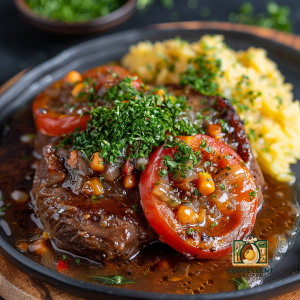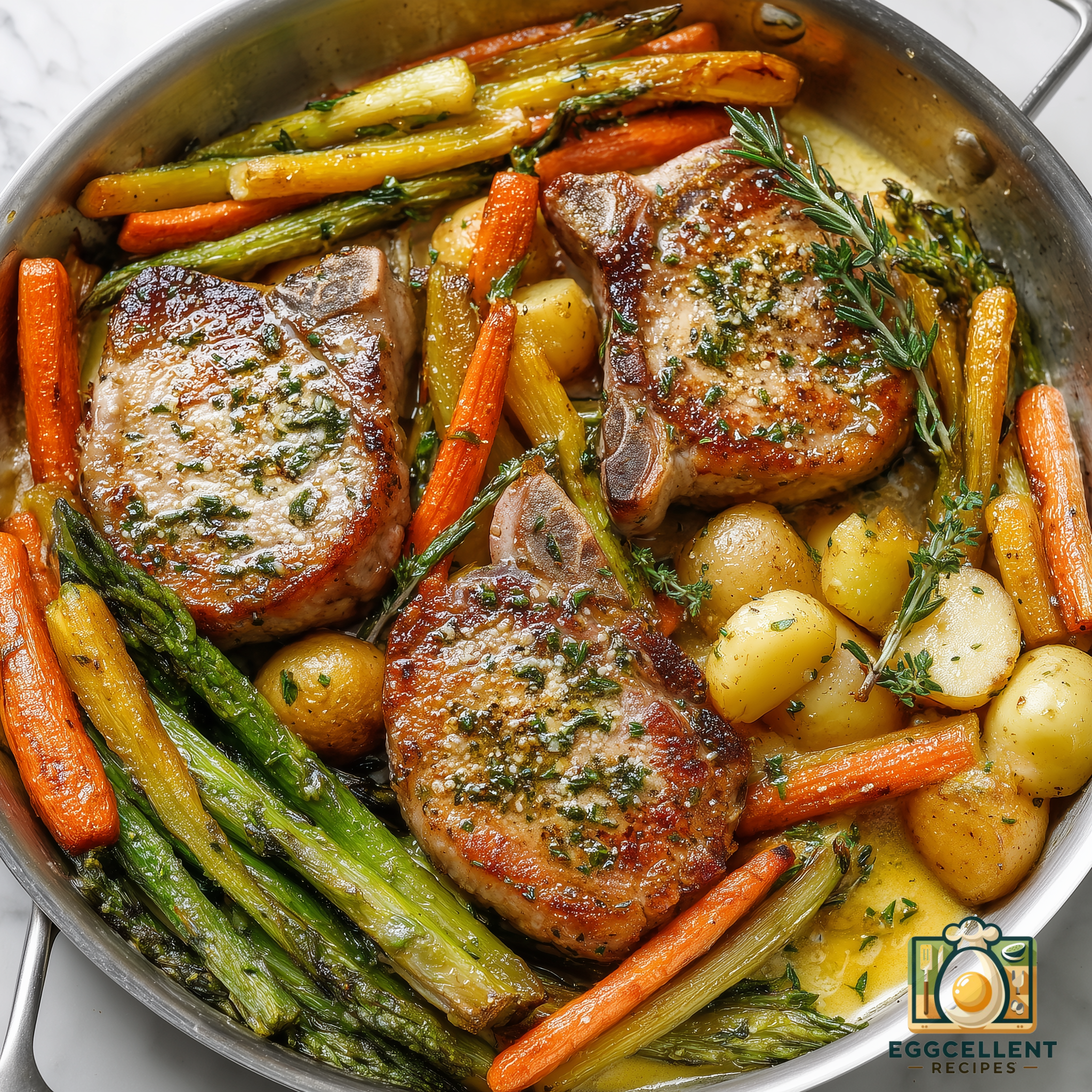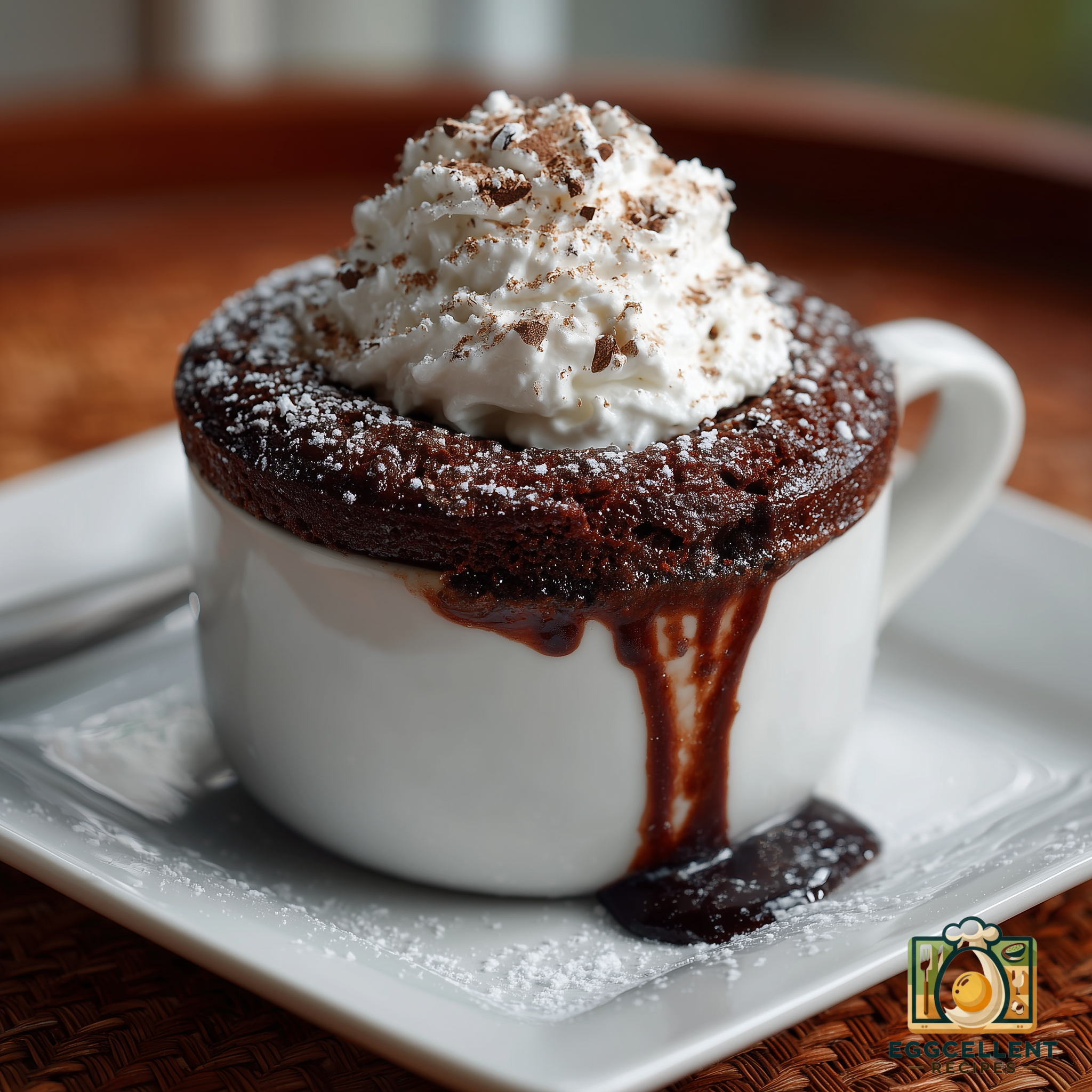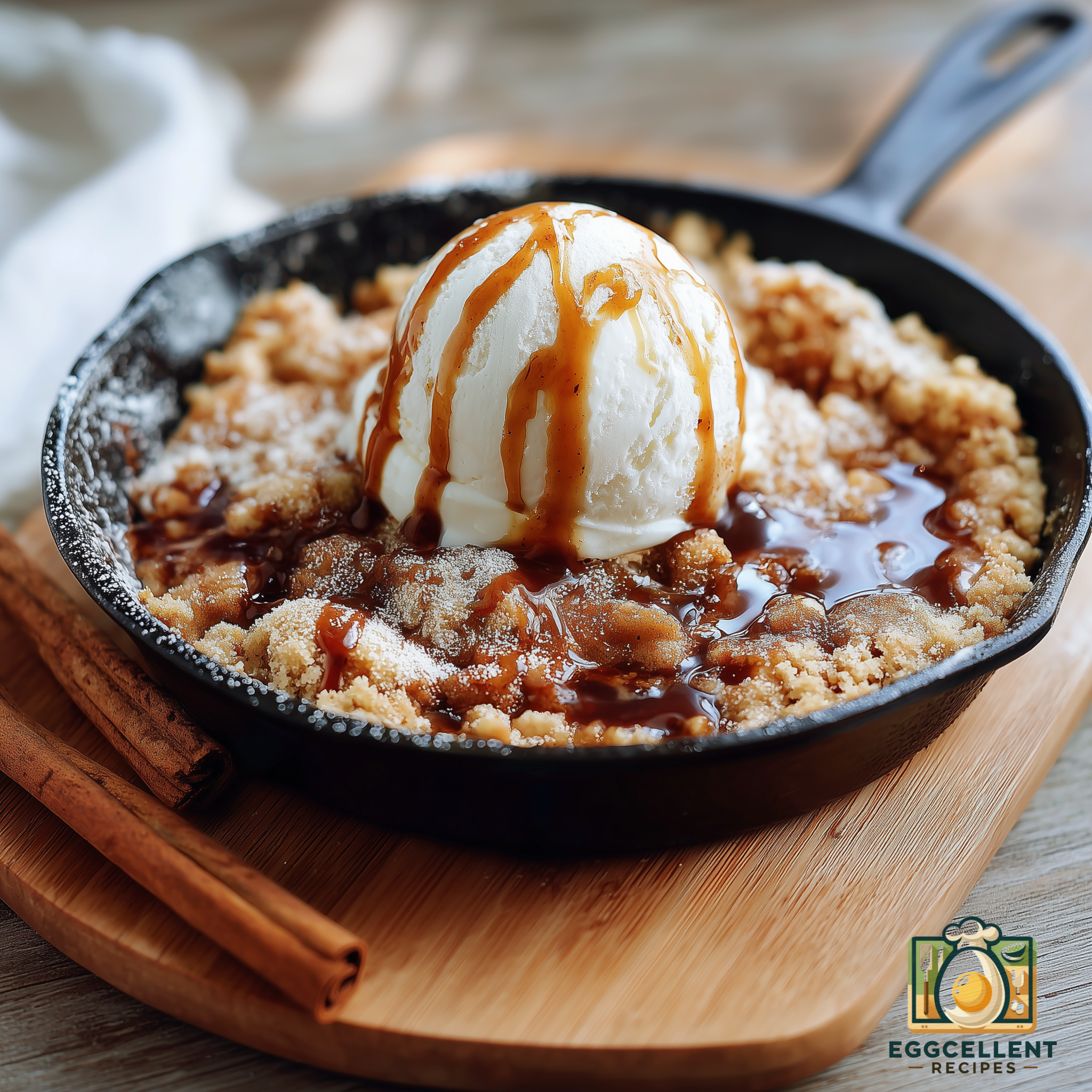
Immerse yourself in the authentic flavors of Italy with Ossobuco alla Milanese con Gremolata, a traditional Lombard cuisine that combines the rich, slow-cooked veal shanks with a zesty, aromatic gremolata. This hearty dish, simmered to tender perfection, is not only a feast for the palate but also a beautiful representation of Milanese culinary art. Perfect for a cozy dinner or a special occasion, it promises an unforgettable dining experience that brings the essence of Italy right to your table.
Tips to make the Ossobuco alla Milanese con Gremolata recipe:
1. Choose the Right Cut: For the best results, use thick-cut veal shanks. The marrow in the bone enhances the flavor and texture of the sauce, turning this dish into a luxurious treat.
2. Sear the Veal Shanks: Before simmering, make sure to sear the veal shanks on high heat until they are golden brown. This crucial step locks in the flavors and gives the meat a delightful texture.
3. Slow Cook to Perfection: Ossobuco alla Milanese is best when cooked slowly. Use a low heat setting and allow plenty of time for the meat to become fall-apart tender. Patience is key here for achieving the ultimate flavor and texture.
4. Fresh Gremolata: The gremolata, a mixture of lemon zest, garlic, and parsley, should be prepared fresh and added just before serving. Its bright flavors contrast beautifully with the rich, umami depth of the ossobuco, bringing a refreshing lift to the dish.
5. Serve with Risotto alla Milanese: To enjoy this dish in its full glory, serve it atop a bed of creamy Risotto alla Milanese. The saffron-infused risotto complements the ossobuco, making for a harmonious and satisfying meal.
How to Make Ossobuco alla Milanese con Gremolata Recipe?

Ossobuco alla Milanese con Gremolata Recipe
Equipment
- 1 Dutch oven or heavy-bottomed pot For braising the veal shanks
Ingredients
- 4 Veal shanks Tied with kitchen string to keep their shape
- 1 cup Dry white wine
- 2 cups Vegetable broth Or as needed
- 1 cup Canned tomatoes Crushed
- 1 Onion Chopped
- 2 carrots Carrots Diced
- 2 stalks Celery Diced
- 3 cloves Garlic Minced
- to taste Salt and pepper
- 2 tbsp Lemon zest Finely grated
- 2 cloves Garlic Minced
- 1/4 cup Parsley Finely chopped
Instructions
- Season the veal shanks with salt and pepper. In the Dutch oven, brown the veal shanks on both sides over medium-high heat. Remove and set aside.
- In the same pot, add onion, carrots, celery, and garlic. Sauté until they are soft.
- Add the veal shanks back to the pot, pour in the white wine and let it reduce by half.
- Add the crushed tomatoes and enough vegetable broth to nearly cover the veal shanks. Bring to a simmer.
- Cover and cook in a preheated oven at 325°F (165°C) for about 2 hours or until the meat is tender.
- Combine lemon zest, minced garlic, and finely chopped parsley in a bowl. Mix well.
- Once the Ossobuco is tender and ready to serve, sprinkle the Gremolata over the top.
Notes
Nutrition
I love this recipe, Ossobuco alla Milanese con Gremolata is a delightful and vibrant dish that showcases the rich flavors of Italian cuisine. It pairs succulent veal shanks with a fragrant mix of lemon zest, garlic, and parsley, known as gremolata, creating a balance of tender meat and refreshing herbaceous notes. This traditional recipe from Milan offers a wonderful blend of slow-cooked comfort and fresh, aromatic highlights, making it perfect for a cozy dinner or a special occasion.
Whether you’re an experienced chef or an enthusiastic beginner, this dish is accessible and sure to impress. It encourages the exploration of Italian cooking techniques and the use of fresh ingredients to achieve a depth of flavor. The combination of the savory ossobuco with the zesty gremolata challenges the palate in the best way possible, proving that some of the most memorable meals come from the simplest ingredients.






